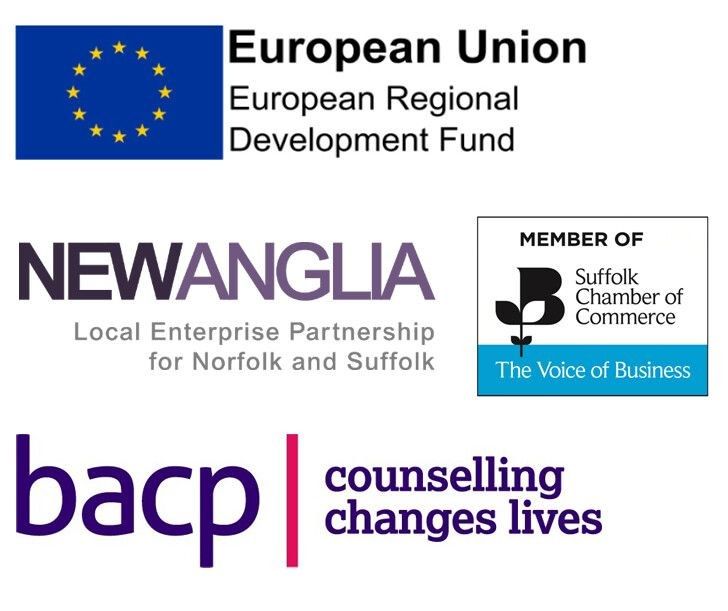On the 31 st August 2020, US army veteran Ronnie McNutt sat at his desk in his study, live streamed himself on Facebook, and shot himself in the head. The footage of his death was widely shared across social media and as the video went viral social media platforms struggled to contain its spread, resulting in potentially millions of views worldwide. Many of these viewers were young people who viewed it inadvertently through TikTok’s* recommended “For You” section.
Viewing violence is increasingly commonplace in today’s society. Films show shootings, explosions, murders, and high-speed crashes. The news writes about difficult, challenging topics, and describes violent acts around the world. Video games offer an immersive opportunity to kill and maim an enemy. Fictional violence has a place, in that it provides an emotional outlet for violent thoughts which might actually lie within us and it creates a fantasy world where violence and bad things happen to everyone else…but you. However, fantasy violence and real-life violence are edging closer together in the world of social media. Tiktok allows the viewer to watch short video clips of people singing, dancing, lip- synching, but real lives, real distress, and real-life violence, such as that of Ronnie McNutt, can creep into this world of fun.
So, what can you do if your child views distressing content online? Firstly, and most importantly, a child needs to know that they can talk to you about things that they have viewed. A child may feel ashamed that they have accessed inappropriate content; they may have accidentally clicked on a link or a video, or even searched for it out of curiosity, and worry that you will ban them from the site or internet if they tell you. They may have been shown things online by a friend and worry about getting themselves or their friend into trouble.
Be open with your child about what is and isn’t appropriate content for their age. Blocking a child from the internet or social media completely is not always the answer because it will feel like a punishment for telling you and will break down a trust relationship. They might also find secretive ways around accessing content and might not feel able to tell you if they come across future inappropriate posts.
You might consider applying parental controls to devices in the household instead which allows for the majority of content and blocks out what you don't want your child to see. All social media platforms have a report function, so find out how to report and block distressing, illegal, or inappropriate content.
Finally use the experience of viewing inappropriate content to raise important topics- such as sex, death, violence, or mental health. If your child has seen Ronnie McNutt’s suicide online in recent days, then this is an opportunity to talk about depression and let them know that they can talk about their worries before they become too big to manage.
*TikTok’s biggest user group are those under age 24.

